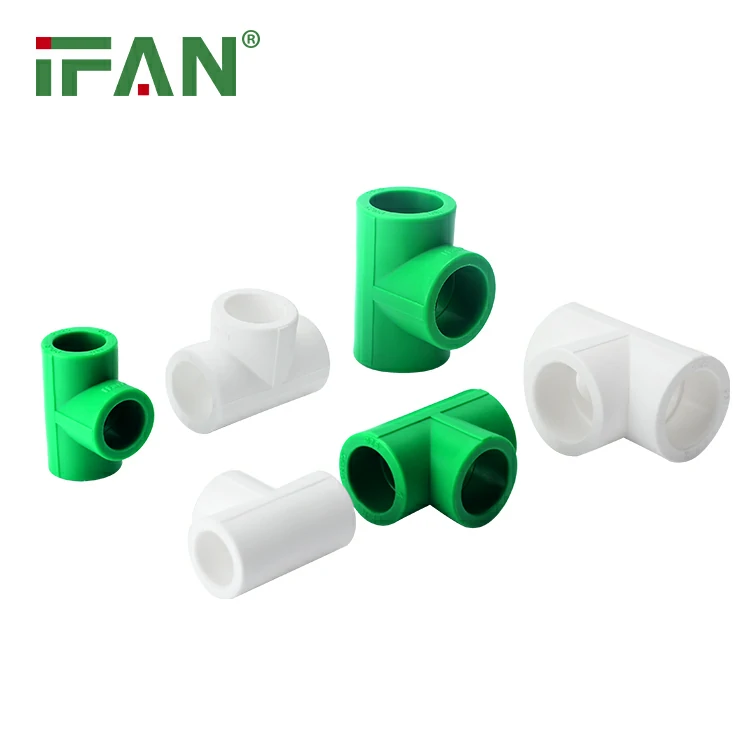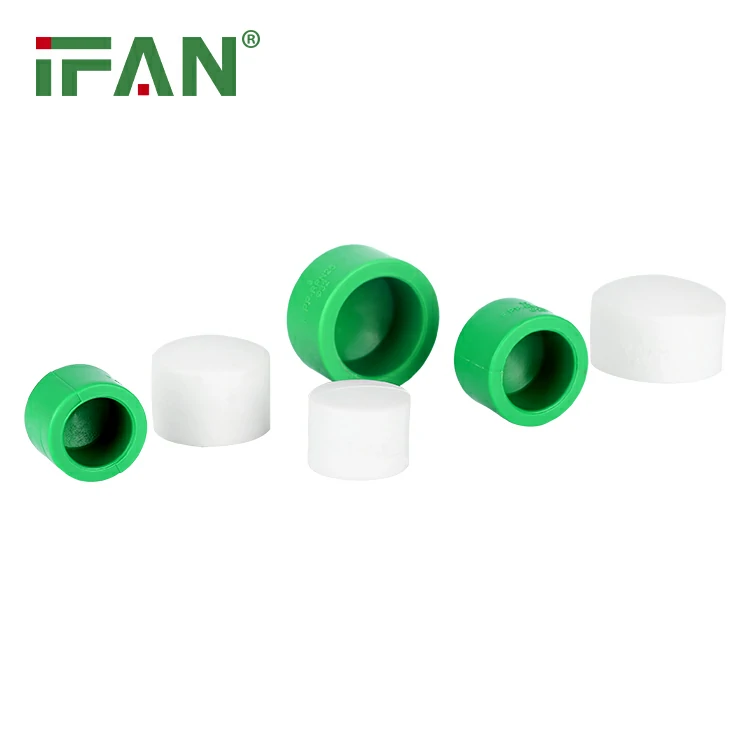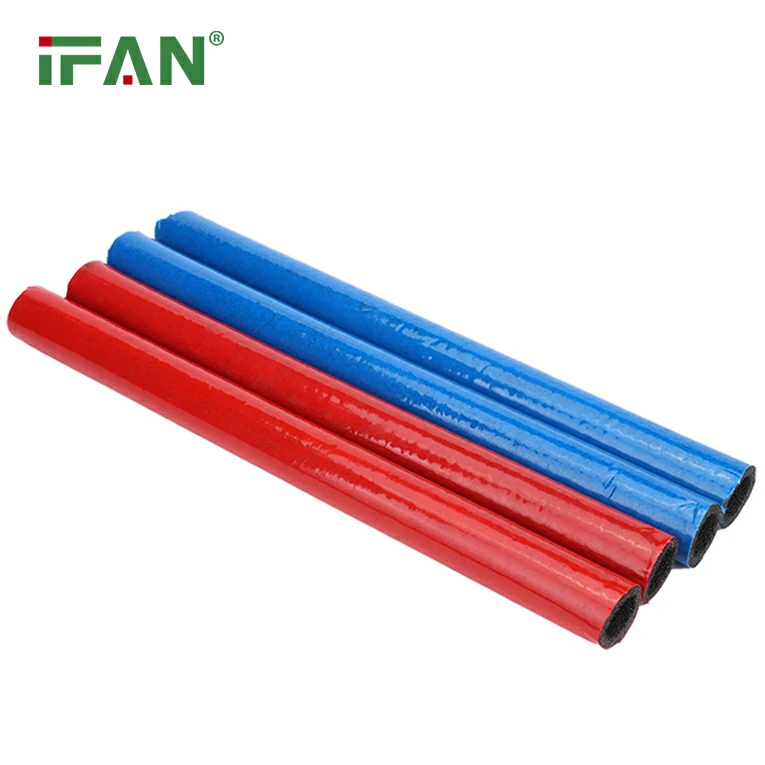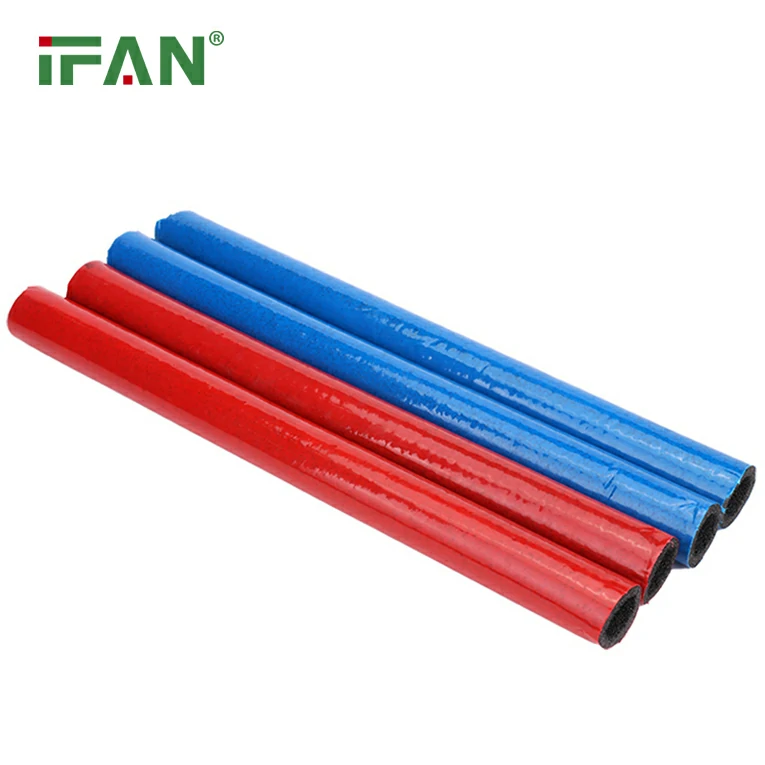Introduction
PPR (polypropylene random copolymer) fittings are commonly used in plumbing systems as they are lightweight, durable, and corrosion-resistant. However, concerns have been raised regarding the potential effects that PPR fittings may have on the quality of water that flows through them. In this article, we will explore whether PPR fittings have any effect on water quality, and if so, what those effects may be.
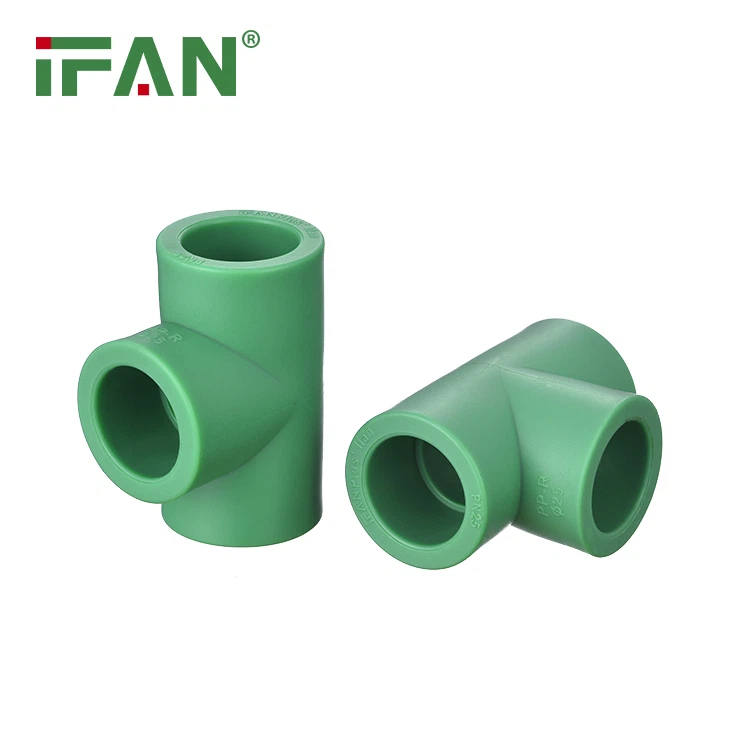
Material Composition Of PPR Fittings
PPR fittings are composed of a thermoplastic resin called polypropylene. The resin is processed with a random copolymer process that involves the addition of an ethylene monomer, which improves the material’s impact strength and flexibility. PPR fittings are designed to withstand high temperatures and pressures and are an ideal choice for use in hot water and heating systems.
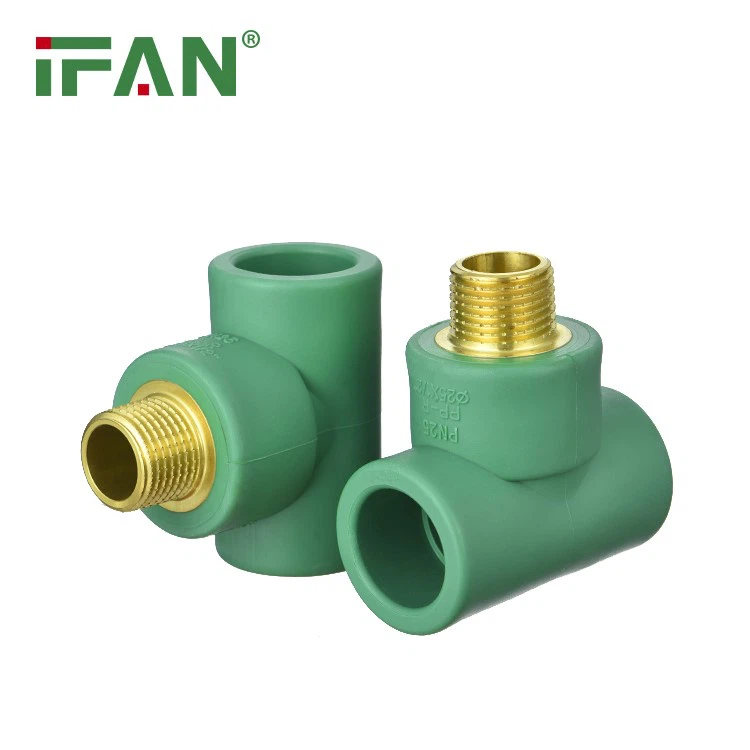
The Potential Effects Of PPR Fittings On Water Quality
Research has shown that PPR fittings may have some effect on water quality. PPR fittings can induce chemical reactions in water, resulting in leaching of certain chemicals, such as lead and copper, into the water. The leaching of chemicals from the fittings into the water can be caused by various factors, such as the temperature and pressure of the water, as well as the quality of the fitting itself.
Studies have shown that PPR fittings can release chemicals such as bisphenol-A (BPA), lead, and copper into the water. BPA is a chemical that is commonly used in the production of polycarbonate plastics and epoxy resins. BPA is a known endocrine disruptor and can be harmful to human health if ingested in large quantities. Lead is also a dangerous chemical that can be found in some PPR fittings, and its ingestion can cause serious health problems, especially in children.
Potential Health Effects Associated With PPR Fittings
The potential health effects associated with PPR fittings can be quite serious, especially if they are not installed correctly or assessed regularly for wear and tear. Ingesting water contaminated with harmful chemicals can lead to various health problems, including gastrointestinal and liver problems, decreased kidney function, and cancer.
Regulatory Standards For PPR Fittings
Regulatory agencies in various countries have set standards for the production and installation of PPR fittings to protect public health and safety. These standards include stringent testing protocols that assess the quality and safety of the fittings, the level of leaching of harmful chemicals, and the impact of factors such as temperature and pressure on water quality.
Conclusion
PPR fittings are commonly used in plumbing systems because of their lightweight, durable, and corrosion-resistant properties. Although PPR fittings are generally considered safe, research has shown that they may affect water quality and could release harmful chemicals such as BPA, lead, and copper into the water. Therefore, it is recommended that PPR fittings be installed correctly, assessed regularly for wear and tear, and replaced if necessary. It is also important to choose fittings that meet regulatory standards to ensure that they do not pose a danger to public health or the environment.


